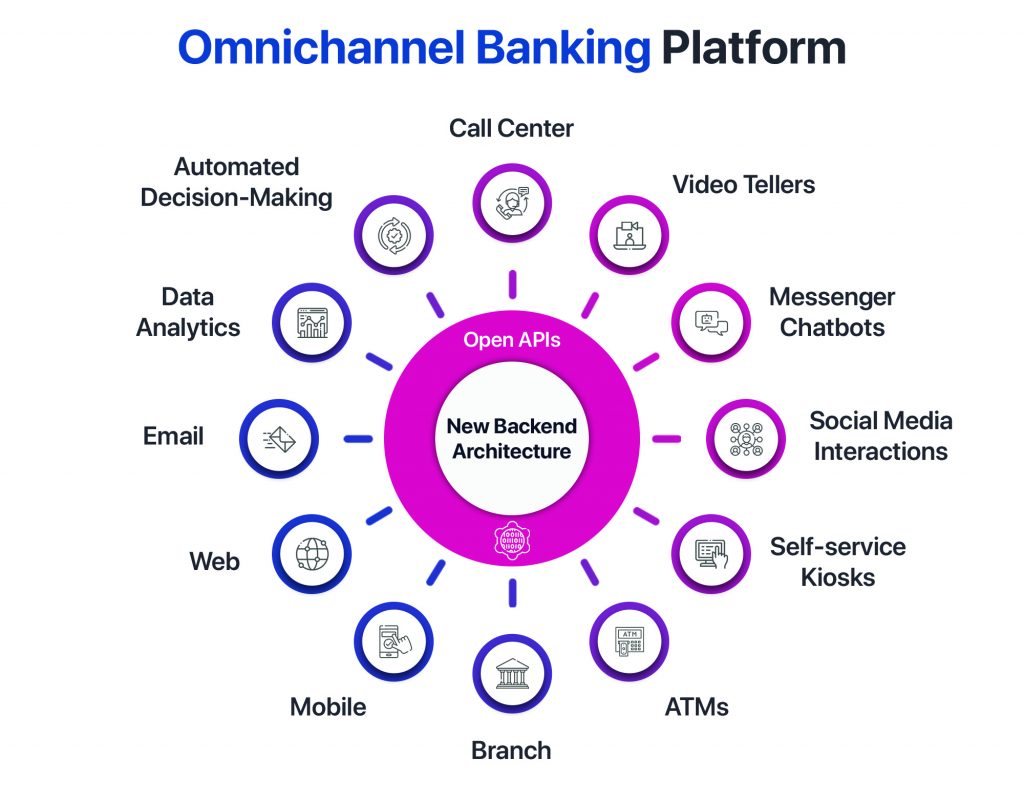Eight ways to improve customer experience (CX) in 2022

The last three years have surfaced momentous CX lessons for brands and organizations. While customers connect in omnichannel ways today, the expectations are the same: human touch.
CXOs of leading organizations are keen to ensure that customers have a consistent experience because that augments customer loyalty, increases retention, and turns them into brand advocates.
The opportunities to leverage CX directly relate to a company’s growth. From bringing down friction in their interactions to finding out ‘aha’s’ through Voice of customer programs, CX as an organizational discipline is evolving quickly.
Gartner says 3 out of 4 B2B and 6 out of 10 B2C organizations are yet to move into advanced stages of CX maturity.
Here are ways to improve CX in 2022 radically.
Like most business aspects, technology (its investments and mastery) is key to cultivating winning organizational CX strategies.
Personalize at scale
Most brands want their platforms and products to be available and consistent 24X7, in ways that meet the right customer at the right time. With the growing advent of AI and ML practices, personalization at scale is the way forward for most leading CMOs and CXOs.
Customer data platform investments
Moving beyond enterprise CRM systems that give customers buying transactional data, digital tools bring customers emotive elements that are insightful about their overall experience. Today’s analytics platforms offer key behaviors that guide the company’s marketing efforts.
Employee experience holds the key.
Correlation studies show how businesses profit when employees’ experiences are given high priority. A happy staff person is a pleasure to interact with. Customers feel a brand positively when passionate employees service them.
Recommendation engines for personal experiences
As companies learn from Amazon and Netflix how to use their touchpoints to offer product and service recommendations, recommendation engines’ popularity grows. The user data personalizes CX and increases customer spend values perceptibly.
Relationship building before sales and profits
Building customer relationships is one way to simplify the CX complexities (technology and processes). Investments in staff training for capturing customer details and situations to make customers feel special is a definite way to build trust.
Mixed Reality UX
Learning from metaverse-inclined tech giants who create immersive mixed-reality experiences is the next step in the curve. While big data analytics offers savvy UX choices, the differentiation for organizations comes from their ability to amplify the stickiness quotient across the engagement cycle.
After-sales data and processes
The one area where the potential to gain CX points exists is the post-sale touchpoints. While customer acquisition gets full attention from the sales teams, the work begins by examining data after checkout. A follow-up plan that seeks and addresses frictions is crucial to expanding a customer’s lifetime value.
Mining data for anticipating customer needs.
It is surprising to note that up to half of the customer data is not analyzed or leveraged in ways that unlock customer behavior patterns that can be used to provide the best possible CX strategy. While advanced analytics is needed for data discovery that picks out use cases, it begins with a strong organizational commitment to improving CX.
Conclusion
Staying in step with today’s disruptive forces, businesses must use technology creatively and use CX as a strong barometer (along with profits and shareholder prices) to guide their overall growth strategy.
In the final analysis, becoming customer intelligent will come when companies cultivate an insight competence by combining data lakes, appropriate data science architecture, and exploiting next-generation intelligence (AI and ML).
View











